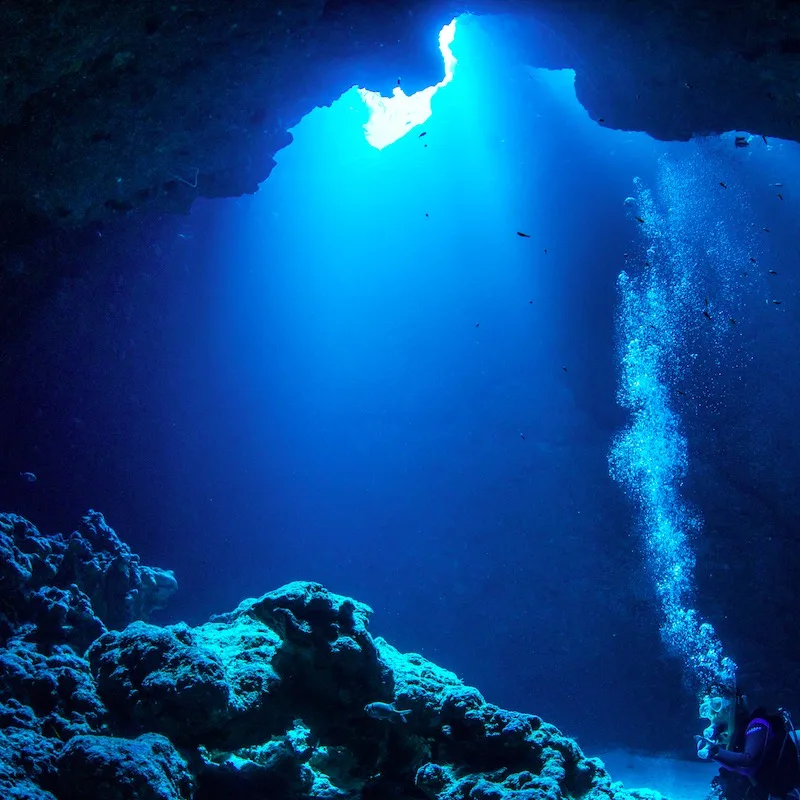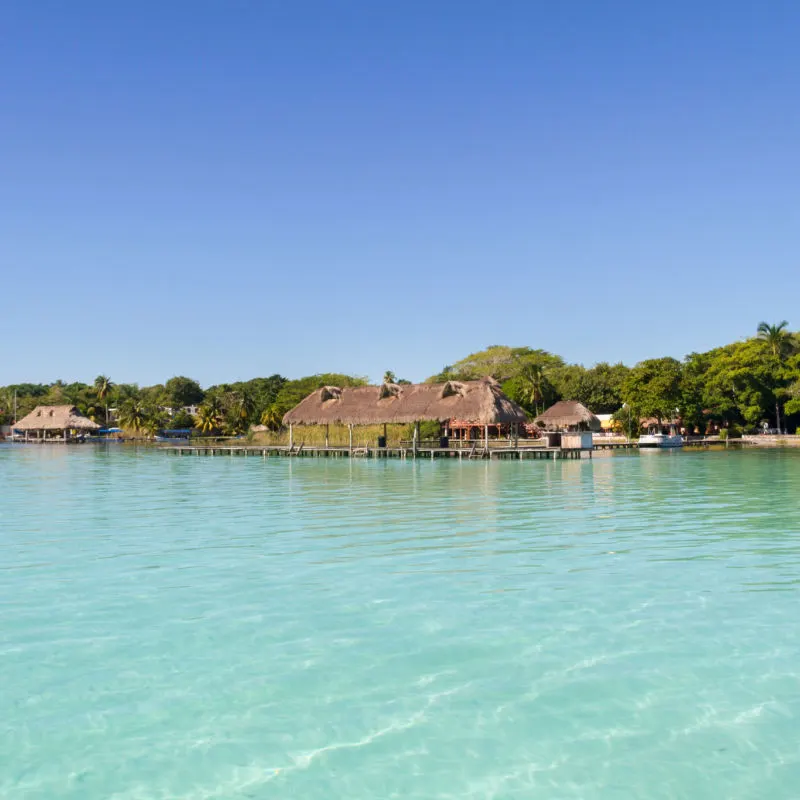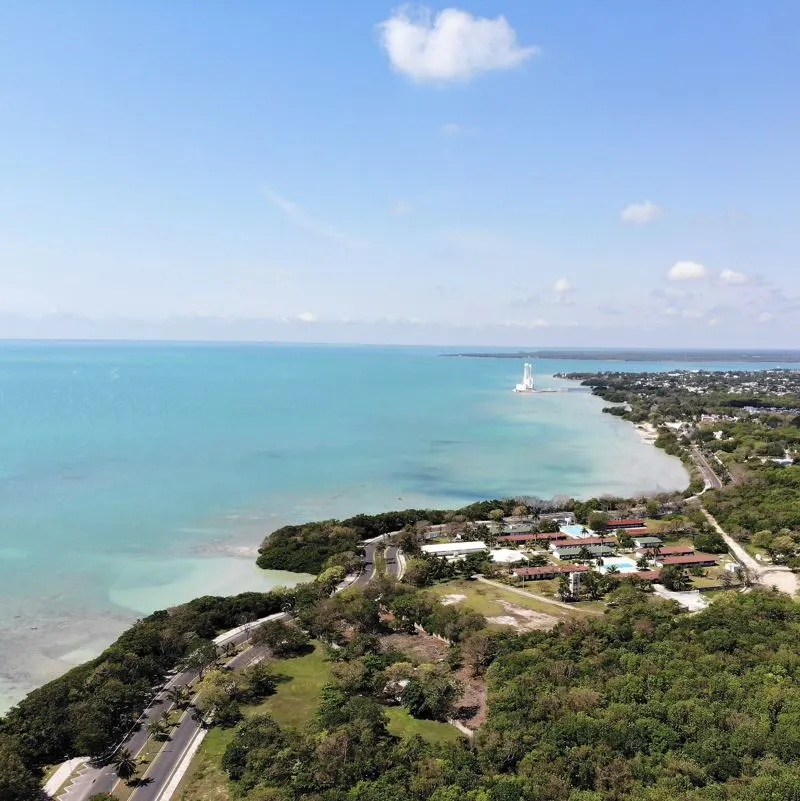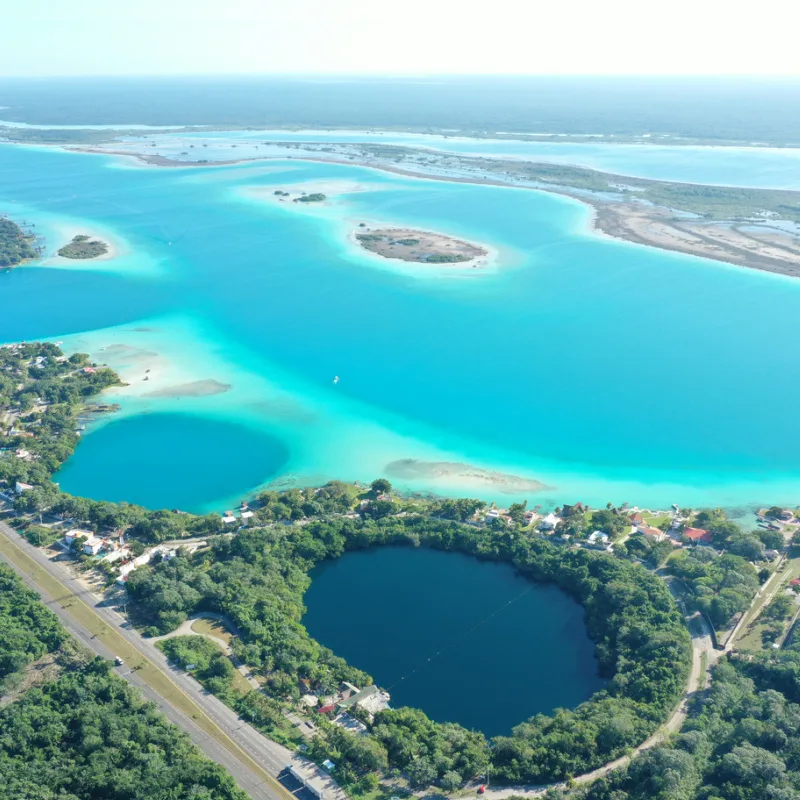
The second-largest blue hole in the world is now found in the Mexican Caribbean. Who wants to go diving? Here is all the information you need about when and where this natural wonder was found.
Researchers at two Mexican scientific institutions, El Colegio de la Frontera Sur (Ecosur) in Campeche and Consejo Nacional de Ciencia y Tecnologa in Mexico City, made this amazing find (Conacyt). After studies were done in late 2021, it was found two years ago, but the report didn’t come out until this month.
Taam Ja’ is a “deep water” hole in the Bay of Chetumal.
Located in the Chetumal Bay, this deep blue hole was found on the Chetumal Bay’s seabed and reportedly stretches across an area of 147,358 square feet and is approximately 900 feet deep, with its mouth at a depth of around 15-16.5 feet below sea level. The hole was aptly named Taam Ja’, which translates as ‘deep water’ in one of the major Mayan languages spoken in the region.
Taam Ja’ is now the world’s second-largest blue hole (that we know of). The first was uncovered in China back in 2019, in the eastern Atoll by the Paracel Islands. It’s locally referred to as the “Dragon Hole” or the Sansha Yongle Blue Hole after the third emperor in the Ming Dynasty. This blue hole is around 987 feet deep.

How do I get to Chetumal Bay?
Chetumal Bay is a large bay in the Caribbean Sea, located just off the coast of the Yucatan Peninsula on the border between Mexico and Belize. The Taam Ja’ is part of Chetumal Bay’s large coral reef system. The coastal region of Quintana Roo by Chetumal Bay is becoming an alternative destination to Cancun and Playa del Carmen for U.S. and other international tourists, offering lots of natural wonders and a slower pace of travel. In the beautiful Chetumal Bay area, you can find Bacalar and, of course, Chetumal, which is the capital city of Quintana Roo state. And this Caribbean bay is now also home to two more deep blue holes.

The same Chetumal Bay has two more blue holes
If this big find wasn’t enough, soon people heard that Chetumal Bay had two more deep blue holes. Researchers from Ecosur, the same group that found the second-largest blue hole in the world, announced just a few days later that they had found two more blue holes in the depths of Chetumal Bay. These are near the blue hole in Taam Ja’.
One hole is about 142 feet deep, and the other is about 140 feet deep right now. The names Lool Ja’ and Ch’och Ja mean “Flower of Water” and “Salt Water,” respectively. At a seminar on Thursday in the city of Chetumal, the researchers talked about these new deep blue holes.
Discovery Scientists from Ecosur say that there is good news for “Marine Scientific Research.”
When the discovery of Taam Ja’ was announced last week, the researchers said that this information will help with future marine science research. With this discovery, scientists can learn more about what the environment was like in the area thousands of years ago. They can also learn more about the geological process and a lot more.

Different things helped scientists figure out how to study these blue holes in Chetumal Bay. In September 2021, researchers went scuba diving, took water samples, used echo sounders, and made CTD profiles to gather the data. CTD profilers, which stand for “conductivity, temperature, and depth,” measure the water quickly as it moves through the water.

